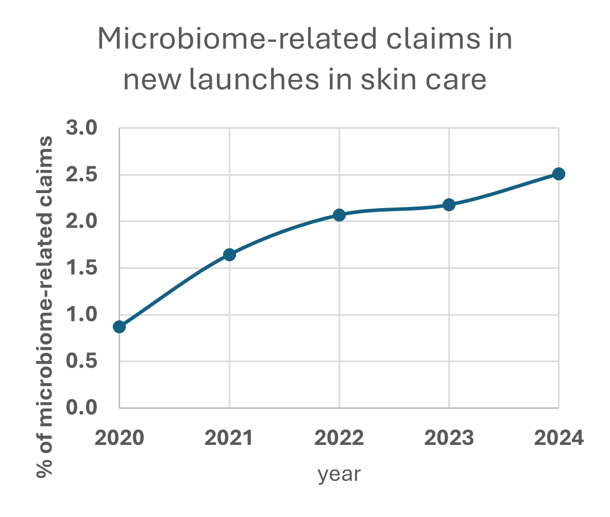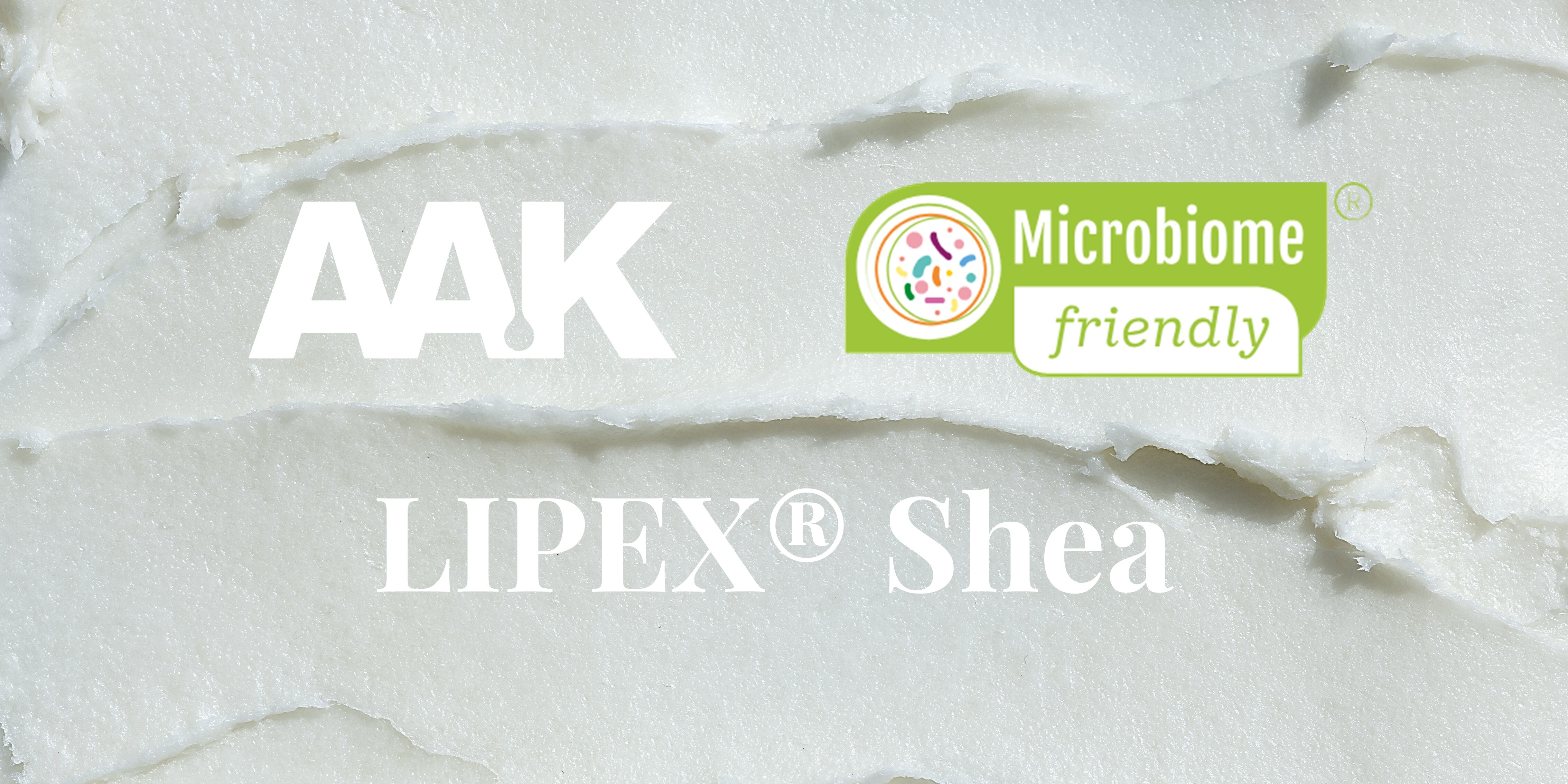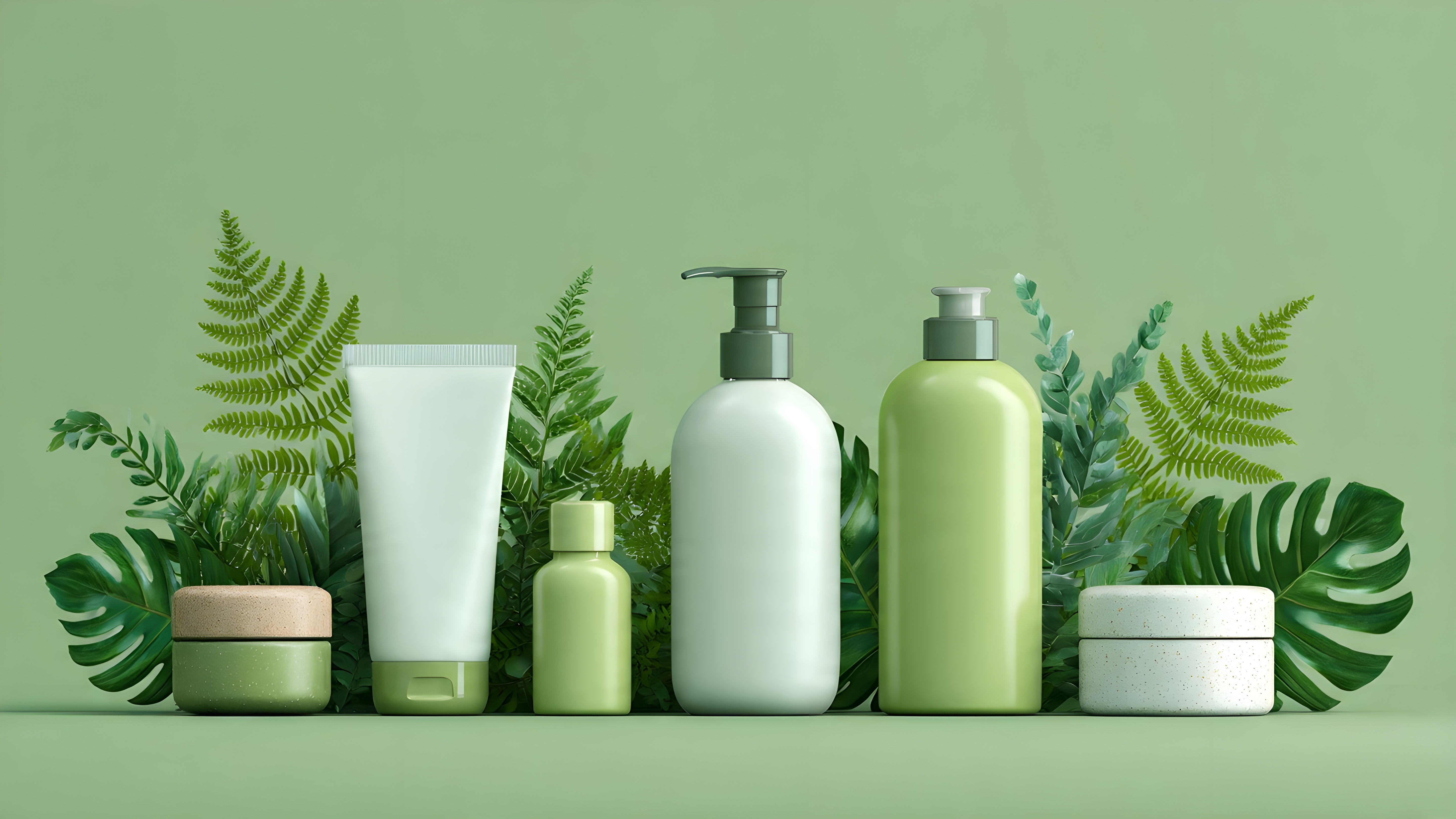For decades, the beauty and personal care industry has been driven by the promise of antiaging—products designed to reverse the visible signs of time. But today, a profound shift is underway. The focus is moving from “antiaging” to “longevity,” and with it, a new philosophy is taking root: prevention over correction, and holistic skin health over superficial fixes.
.jpeg?width=7168&height=2688&name=AdobeStock_1095314247%20(1).jpeg)
This evolution is more than a marketing trend. It reflects a growing understanding that true beauty is inseparable from health, and that maintaining the skin’s natural balance is key to lasting vitality. Longevity is about supporting the skin’s ability to thrive, not just masking imperfections. It’s about helping skin remain resilient, hydrated, and strong—year after year.
Central to this new approach is the skin microbiome—the diverse community of microorganisms living on our skin. Recent research has revealed that a well-balanced microbiome is essential for a healthy skin barrier, which protects against dryness, irritation, and sensitivity. It also supports the immune system, defending against harmful bacteria and inflammation, and helps keep the skin hydrated. When the microbiome is disrupted, the risk of conditions like acne, eczema, and rosacea increases.1,2,3 You can read more about the microbiome and the importance of microbiome-friendly products in The Microbiome Information Platform - MyMicrobiome
From a trend to a transformation in skin care
As the industry’s understanding of the microbiome deepens, so does its commitment to products that nurture this delicate ecosystem. Microbiome-friendly products are designed to maintain the natural balance of skin microorganisms, helping skin stay healthier, stronger, and more resilient over time.
The numbers speak for themselves. According to Mintel GNPD data, skincare launches with microbiome-related claims have exploded, growing from a small base at a remarkable 30% compound annual growth rate (CAGR) in recent years. This surge reflects both consumer demand and industry consensus: longevity is replacing antiaging, and the microbiome is at the center of this transformation.

Graph 1. Mintel GNPD, Products containing microbiome in the product description.
What makes a product microbiome-friendly?
To earn the distinction of being microbiome-friendly, a product must undergo the following rigorous assessments:
- Balance test: demonstrates that the product preserves the equilibrium between friendly bacteria (such as Staphylococcus epidermis) and harmful bacteria (such as Staphylococcus aureus).
- Diversity test: confirms that the product maintains the biodiversity of microorganisms specific to the body region.
- Vitality test: ensures that the product does not directly or indirectly influence the growth of key organisms of that body region.
Testing is strictly controlled, and claims cannot be made lightly. Even the presence of minor compounds or impurities can impact results. Certification by independent bodies, such as MyMicrobiome, is becoming the gold standard for validating claims.
LIPEX® Shea: now certified microbiome-friendly
This brings us to AAK’s LIPEX Shea— a shea butter that has recently achieved microbiome-friendly certification according to the MyMicrobiome Standard 18.11 for face and body (18.10 face & body microbiome - MyMicrobiome Certification). This certification demonstrates LIPEX Shea’s ability to preserve the skin microbiome, aligning perfectly with the principles of longevity and holistic skin health.

LIPEX Shea is officially listed in the microbiome-friendly catalogue (Microbiome friendly tested and certified products - MyMicrobiome), and we are proud to once again be at the forefront of innovation in the cosmetics industry. We remain committed to offering ingredients with proven benefits that support ongoing advancements and help make better happen in beauty.
You can read more about longevity and other key industry trends in our blogpost What In-cosmetics Global 2025 Tells Us About the Future of Beauty.
1. Skin Barrier Function and the Microbiome - Lee & Kim, International Journal of Molecular Sciences (2022)
2. Functions of the skin microbiota in health and disease – Sanford & Gallo, Seminars in Immunology (2013
3. Dermatological Health in the light of skin microbiome evolution – Haykal, Cartier & Dreno – Journal of Cosmetic Dermatology (2024)








